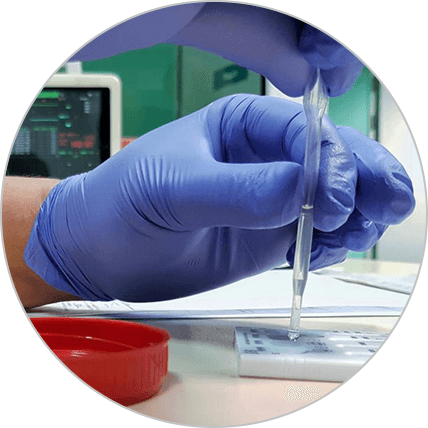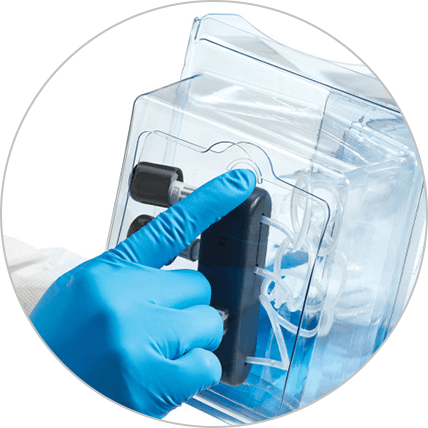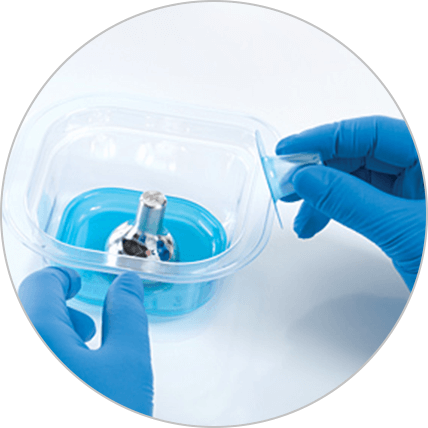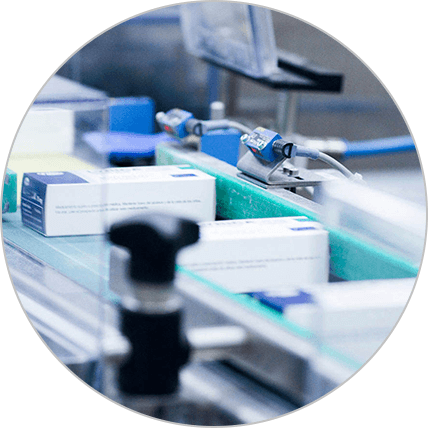

- Home
- ABOUT US
- PRACTICES
- QMS & REGULATORY SERVICES
- Design, DEVELOPMENT & TESTING
- MANUFACTURING
- CAREER
- Contact





An instrument, apparatus, implement, machine, contrivance, implant, in vitro reagent, or other similar or related article, including a component part, or accessory which is:
1.Recognized in the official National Formulary, or the United States Pharmacopoeia, or any supplement to them,
2.Intended for use in the diagnosis of disease or other conditions, or in the cure, mitigation, treatment, or prevention of disease, in man or other animals, or
3.Intended to affect the structure or any function of the body of man or other animals, and which does not achieve its primary intended purposes through chemical action within or on the body of man or other animals and which does not achieve its primary intended purposes through chemical action within or on the body of man or other animals and which is not dependent upon being metabolized for the achievement of its primary intended purposes. The term "device" does not include software functions excluded pursuant to section 520
A product comprised of two or more regulated components, i.e., drug/device, biologic/device, drug/biologic, or drug/device/biologic, that are physically, chemically, or otherwise combined or mixed and produced as a single entity;

Two or more separate products packaged together in a single package or as a unit and comprised of drug and device products, device and biological products, or biological and drug products;

A drug, device, or biological product packaged separately that according to its investigational plan or proposed labeling is intended for use only with an approved individually specified drug, device, or biological product where both are required to achieve the intended use, indication, or effect and where upon approval of the proposed product the labeling of the approved product would need to be changed, e.g., to reflect a change in intended use, dosage form, strength, route of administration, or significant change in dose; or

Any investigational drug, device, or biological product packaged separately that according to its proposed labeling is for use only with another individually specified investigational drug, device, or biological product where both are required to achieve the intended use, indication, or effect.

Data and information demonstrating dimensional conformance to relevant FDA- recognized ISO standards to ensure compatibility with connecting devices:
ISO 11040-4: applies to glass barrels of glass syringes
b.ISO 80369-7: applies to luer small bore connector
c.When a glass syringe is used with an injector or other device, additional ISO standards may apply.
For dimensional elements that are not addressed in the relevant ISO standards, but are otherwise critical for connectivity, the submission should include data and information demonstrating how design features address these elements.
These data should include design verification and validation testing to ensure that the product can be used as intended. For example,
If the glass syringe design is modified to add new internal diameter dimensions specifications to ensure connectivity, then design validation and functional performance data should be included in the submission.
b.If changes are made to a part of a delivery system, then any submission regarding those changes should contain or reference all necessary data for the entire system. For example, a newly designed syringe tip adapter should have design validation and functional performance data to show proper interoperability with connecting devices. If the glass barrel is modified to hold the adapter, similar data should be submitted.
Biocompatibility: Data and information demonstrating conformance to ISO 10993 with a combination of physicochemical, analytical, and biological testing as appropriate.
Functional Performance of Syringe: The ISO standards include recommendations for the performance of glass syringes as stand-alone products, but do not include recommendations for the performance of these syringes when connected to connecting devices. Data to show syringe performance and proper connectivity in this context include, but are not limited to, the following:
Seal Integrity Testing to assess liquid leakage, air ingress, and dye ingress once the syringe is filled with the drug or biological product as intended and when connected to a connecting device. The sensitivity of the selected test method should be specified and validated. System integrity should be demonstrated throughout the product shelf-life.
b.Glide Force
c.Break Force
Separation Force
e.Unscrewing Torque
f.Ease of Assembly
g.Resistance to Overriding
h.Stress Cracking
i.Validation of Graduation Markings
j.Dead Space
k.Coring Needle Test
l.Performance testing of an anti-needlestick mechanism with a glass syringe to demonstrate safety and effectiveness as recommended in FDA’s guidance document,
m.Connectivity to other devices necessary for use (e.g., needles, adapters, transfer systems, extension tubing, luer connectors, and sharps prevention features).
n.Injection force necessary to depress the plunger and eject the drug contents
o.Tip cap removal force
p.Piston seal blowback (ability of syringe with tip cap to hold a certain pressure on the piston)
Sterilization: Data and information demonstrating consistency, as appropriate, with FDA’s guidance document, and with FDA-recognized ISO 11135 (Ethylene oxide Sterilization) and ISO 11137 (Radiation). 7 For prefilled glass syringes, additional methods may be used to demonstrate sterility assurance of the combination product, as appropriate. In cases when terminal sterilization of the combination product may not be feasible, sterility assurance should include a demonstration of syringe component sterilization and the aseptic filling with the drug/biologic and/or diluent.
7.Human Factors - Data and information from human factors testing. Human factors testing and risk analysis of use errors help ensure proper design of the user interface. Sponsors must meet design control requirements in 21 CFR Part 820, including establishing and maintaining procedures to ensure that the design requirements relating to the device address the intended use of the device, including the needs of the user and patient (21 CFR 820.30(c)). Analysis of use error is particularly important when products are re-designed to mitigate connectivity and compatibility issues such as those described in this document. A hazard analysis should be submitted that, among other things, identifies any use-related risks of the product, including medication errors. For additional information, see FDA’s guidance on human factors.
Performance testing for prefilled glass syringes or co-packages: Prefilled glass syringes and co-packages of drug/biological products with empty glass syringes are combination products. The sponsor should submit data and information from performance testing on the final assembled product filled with the drug or biologic product. Performance testing should take into consideration the viscosity of the drug or biological product, resistance created by the fluid contact path, and the back pressure/shear force generated during the injection as to whether it could alter the characteristics, functionality, safety, and/or effectiveness of the drug/biologic. In addition, testing should evaluate whether the back pressure generated during the injection could detach the needle from the syringe.
9.The submission to FDA describing each test performed should include a summary that explains the objective, acceptance criteria, sample size (statistically significant number with justification), method, results, discussion, and discussion of deviations.
Other testing for prefilled glass syringes and co-packages: There may be elements that impact the safety and effectiveness of prefilled glass syringes and glass syringes that are co-packaged with a drug or a biological product that are unique to the specific drug/biological product. Whether a sponsor should submit data and information to address these product-specific elements will be assessed on a case by case basis. As an example, dual-chamber prefilled glass syringes are combination products containing lyophilized drug/biologic and diluent in separate chambers of the device. For this type of syringe, the following specifics should be addressed:
The prefilled syringe assembly which includes lyophilization of drug/biologic and subsequent aseptic filling with the diluent;
b.Assurance of system integrity to exclude drug/biologic-diluent contact during storage and shipment;
c.Drug/biologic reconstitution process before the syringe is connected to an administration device; and
d.Comprehensive drug/biologic-device compatibility assessment.